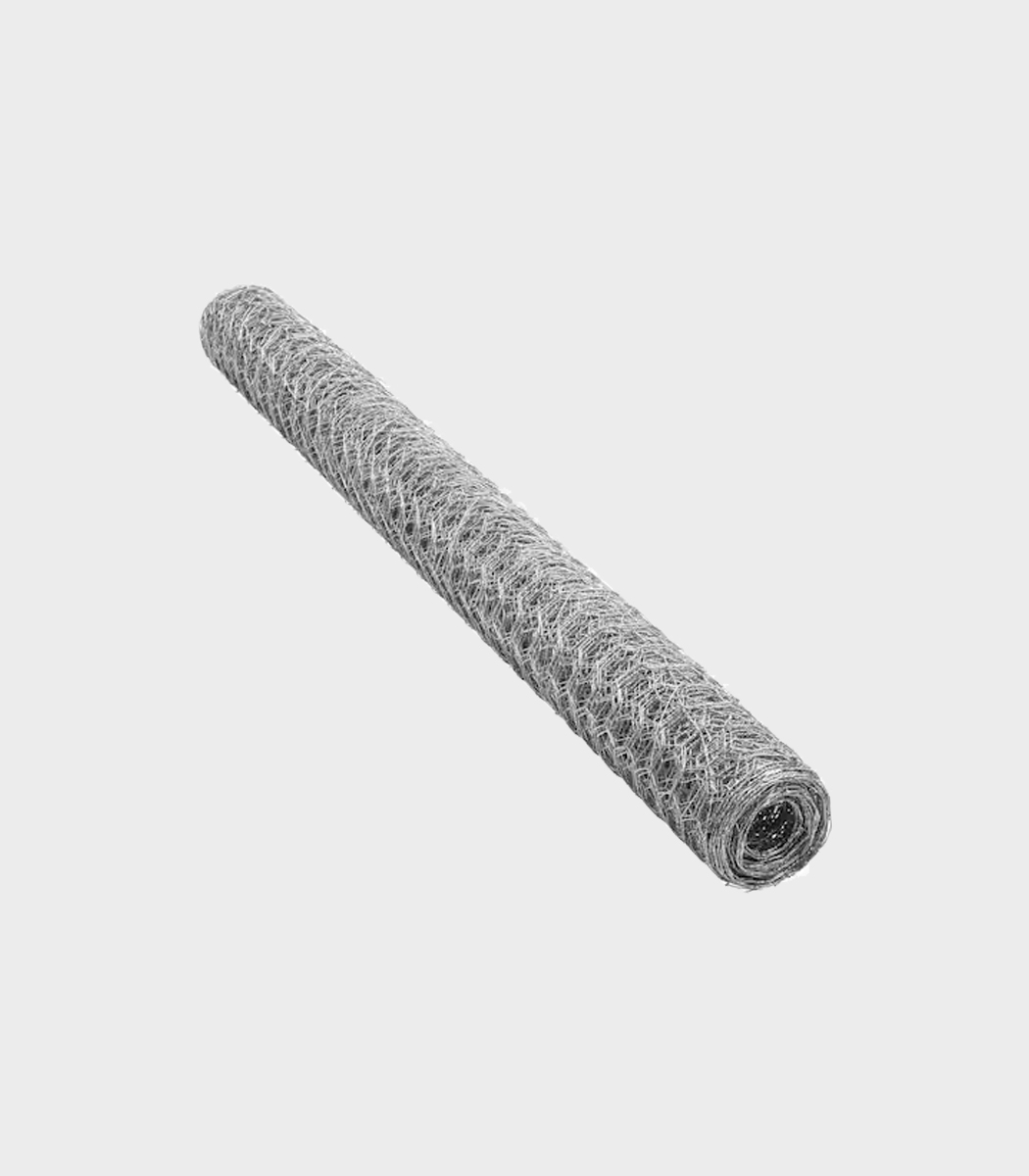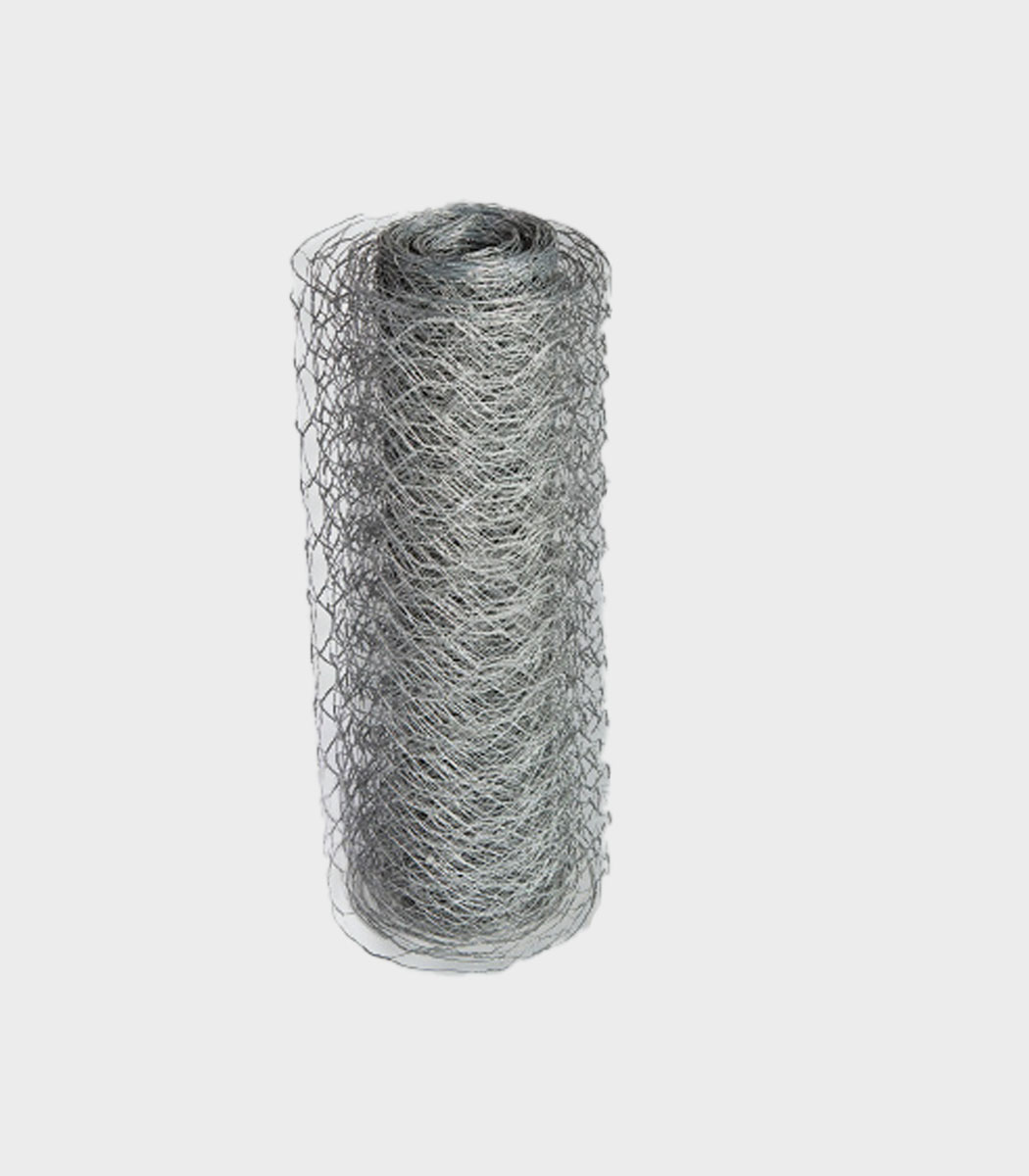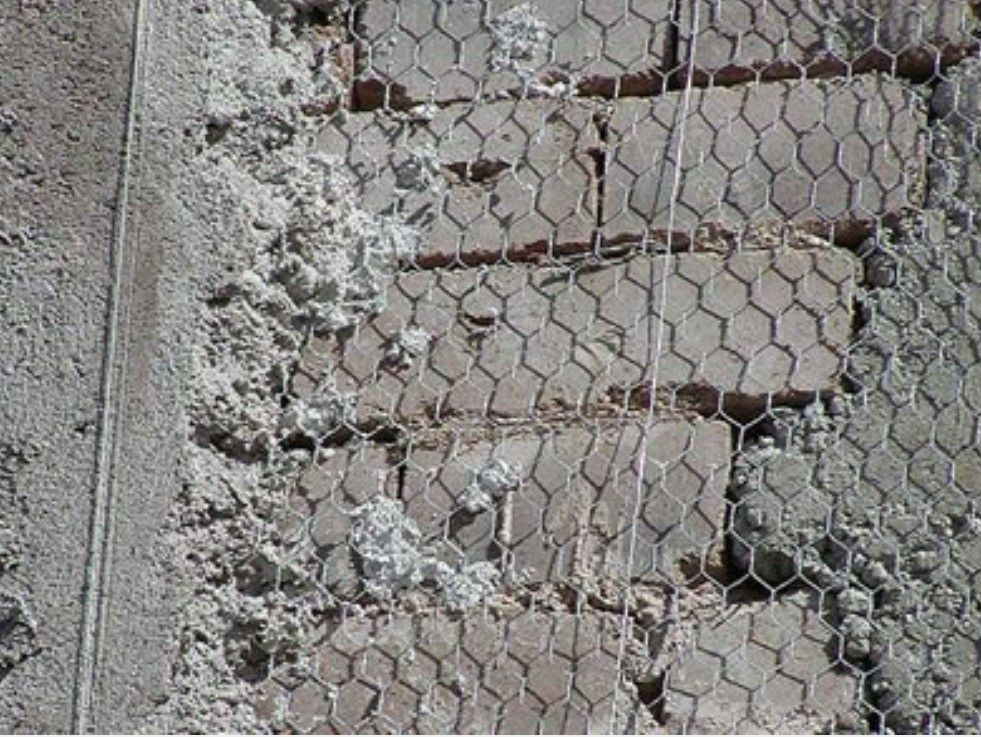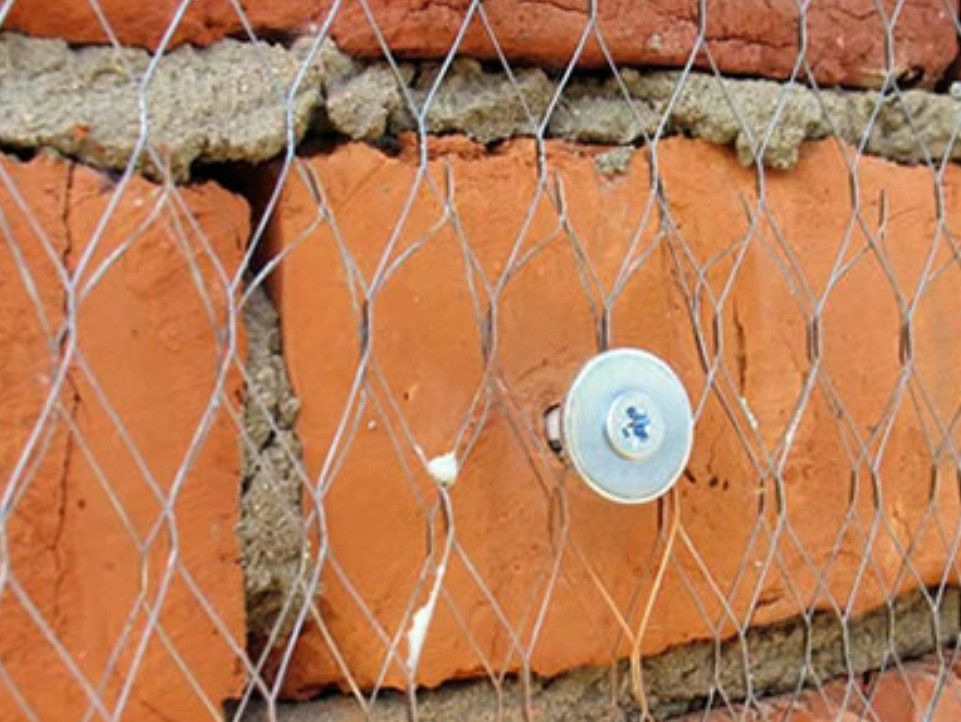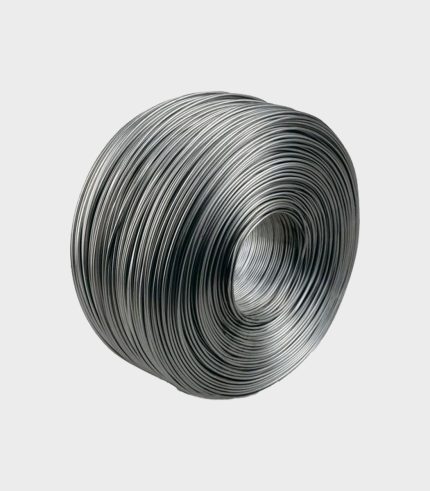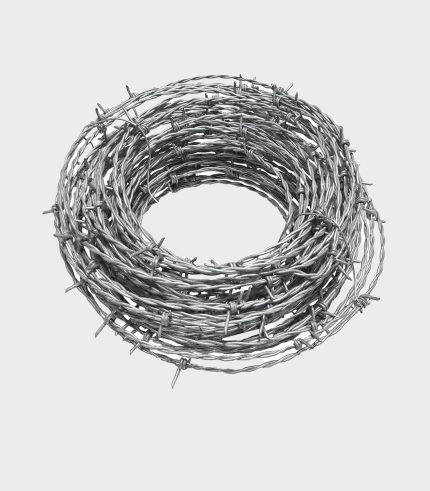Hexagonal fence
If you need a durable, strong and cost-effective type of wire fencing, galvanized fences would be the best choice. Because of its construction, galvanized fence is possible to use in any weather condition. You can choose the size of galvanized fence due to the area you need to protect.
Category: Hexagonal fence

